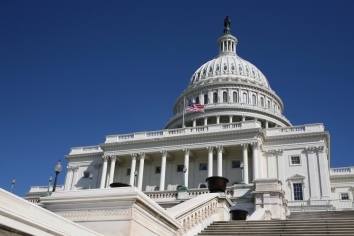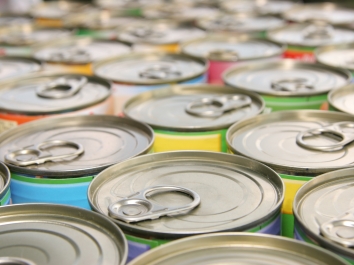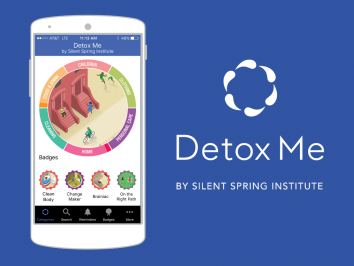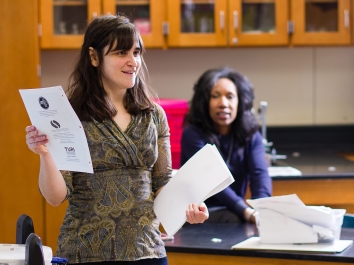How can we limit our chemical exposures?
Although there are things people can do to reduce their exposures, the burden should not rest entirely on consumers to protect themselves and their families from toxic chemicals in products and in the environment.
Long-term solutions for protecting the public from toxics requires action at multiple levels and on multiple fronts. From individuals, to communities, to advocacy organizations, to governments—all these groups combined can help put us on a path toward a healthier environment, and one that will sustain us for generations to come.






